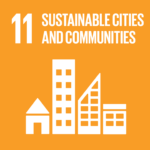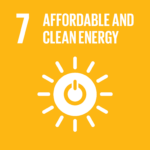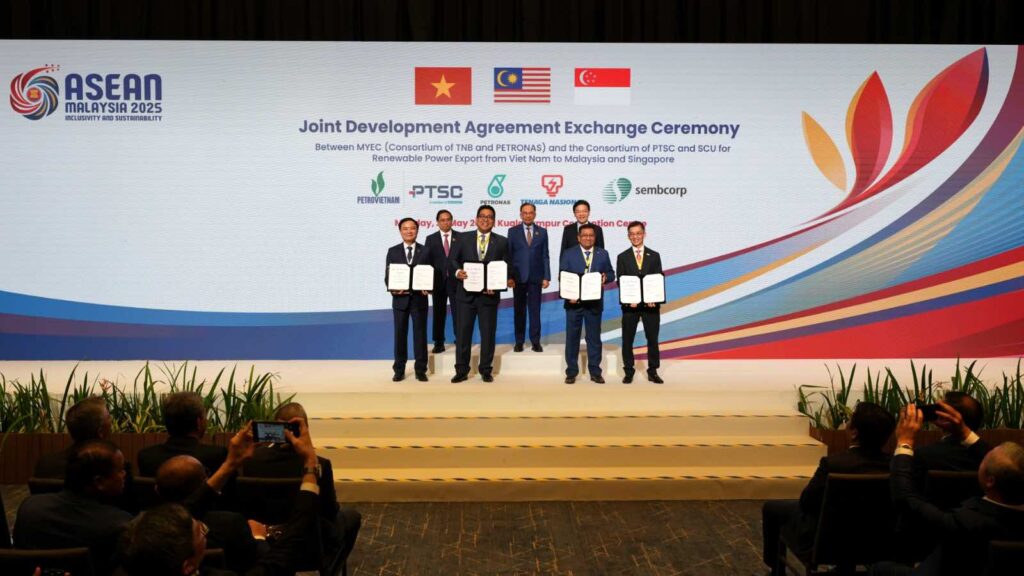Malaysia, Singapore eye importing offshore wind power from Vietnam; paving the way for one of the region’s most ambitious cross-border renewable energy initiatives to date.
Kuala Lumpur — In a landmark move signaling Southeast Asia’s growing commitment to clean energy, top energy firms from Malaysia, Vietnam, and Singapore have signed a trilateral agreement to develop and export offshore wind power, paving the way for one of the region’s most ambitious cross-border renewable energy initiatives to date.
The strategic partnership brings together Malaysia’s MY Energy Consortium—jointly formed by Tenaga Nasional Berhad (TNB) and Petroliam Nasional Berhad (PETRONAS)—Vietnam’s PetroVietnam Technical Services Corporation (PTSC), and Singapore’s Sembcorp Utilities, a subsidiary of Sembcorp Industries. Their joint mission: harness Vietnam’s abundant offshore wind resources to generate green electricity for export to neighboring countries.
RELEVANT SUSTAINABLE GOALS



The project, which includes the potential construction of a subsea transmission cable, will assess the feasibility of delivering clean energy from Vietnam to Malaysia and Singapore. The agreement represents a crucial step toward regional energy integration and comes as Malaysia prepares to chair ASEAN in 2025, strengthening its leadership role in shaping a low-carbon, interconnected future for the region.
From Wind to Wire: A New Power Corridor
This trilateral alliance focuses on the development of Vietnam’s offshore wind sector, one of the most promising in Asia. Vietnam boasts an expansive coastline and favorable wind conditions, making it a natural candidate for renewable energy development.
The plan is to explore not only how to generate clean electricity, but also how to transmit it efficiently through subsea interconnection. If successful, this endeavor would mark a new era in regional energy cooperation, offering a scalable model for other ASEAN member states.
“Malaysia’s participation in this initiative reflects our strong commitment to the ASEAN power grid vision,” the MY Energy Consortium stated. “We aim to transform our nation into a green energy transit hub, delivering low-carbon electricity to communities and businesses across borders.”
Decarbonization Through Collaboration
For Singapore, the agreement enhances its strategic role as a demand center for renewable power. With limited natural resources but high energy needs, the island nation is looking abroad to fulfill its clean energy targets.
“We are pleased to be part of this groundbreaking initiative,” said Wong Kim Yin, Group CEO of Sembcorp Industries. “This agreement underscores the strength of regional collaboration and positions Singapore as a key enabler of cross-border power imports to meet our decarbonization goals.”
Vietnam, for its part, stands to gain economically and environmentally. “We expect this to be a significant milestone,” said Tran Ho Bac, President and CEO of PTSC. “This project can generate quality jobs, drive sustainable growth, and catalyze investment in Vietnam’s renewable energy sector.”
The Bigger Picture: Building the ASEAN Power Grid
The partnership also aligns with ASEAN’s long-standing ambition to build a unified regional power grid that improves energy security, enhances resilience, and drives down carbon emissions. While national policies often act in silos, this tripartite collaboration marks a rare example of cross-border cooperation in infrastructure, planning, and energy transition.
The agreement includes working closely with national authorities to obtain regulatory approvals and ensure alignment with national energy plans. If implemented successfully, the subsea transmission link could act as a green artery connecting the energy ecosystems of three nations, and eventually more.
The significance of the deal lies not only in its technical ambition but also in its geopolitical and environmental implications. It positions Southeast Asia as a global model for transnational renewable energy cooperation and could open the door to similar alliances across the region.
With renewable energy now seen as both an environmental necessity and an economic opportunity, the agreement signals a shift in how ASEAN nations view power generation—not as a domestic challenge, but as a regional one requiring collective vision and action.
“This initiative sets a precedent for how Southeast Asia can lead the way in collaborative decarbonization,” said members of the MY Energy Consortium. “It’s a shared journey toward net-zero emissions.”
While the agreement is ambitious, challenges remain. Infrastructure financing, marine permitting, intergovernmental coordination, and long-term power purchase agreements must all be resolved. But the parties remain optimistic.
“This is not just about power lines,” said one stakeholder. “It’s about building trust, resilience, and a future where growth and sustainability go hand in hand.”
You may also be interested in :
Vietnam Strengthens Renewable Energy Push With New Incentives Under Decree no. 58/2025




